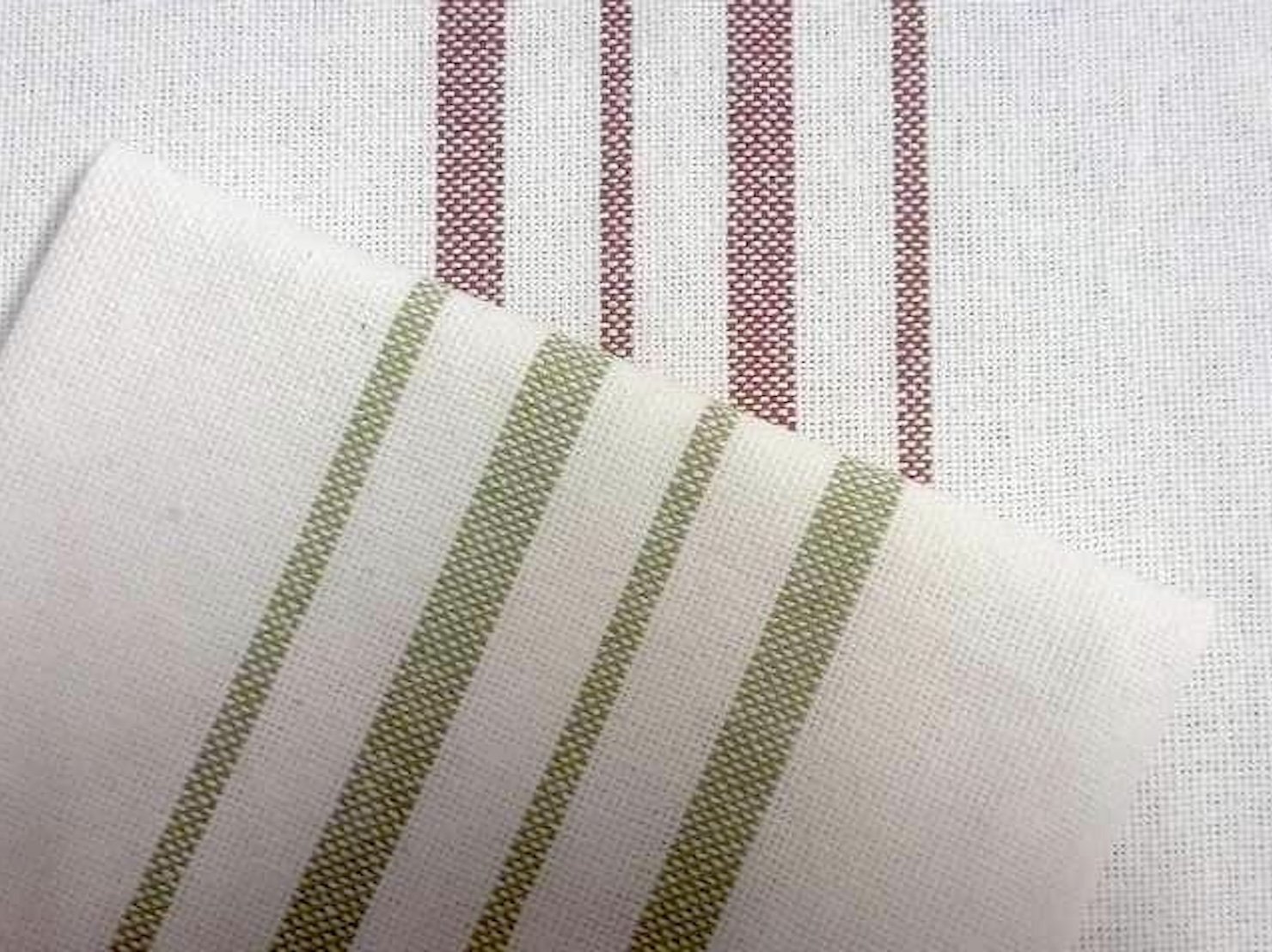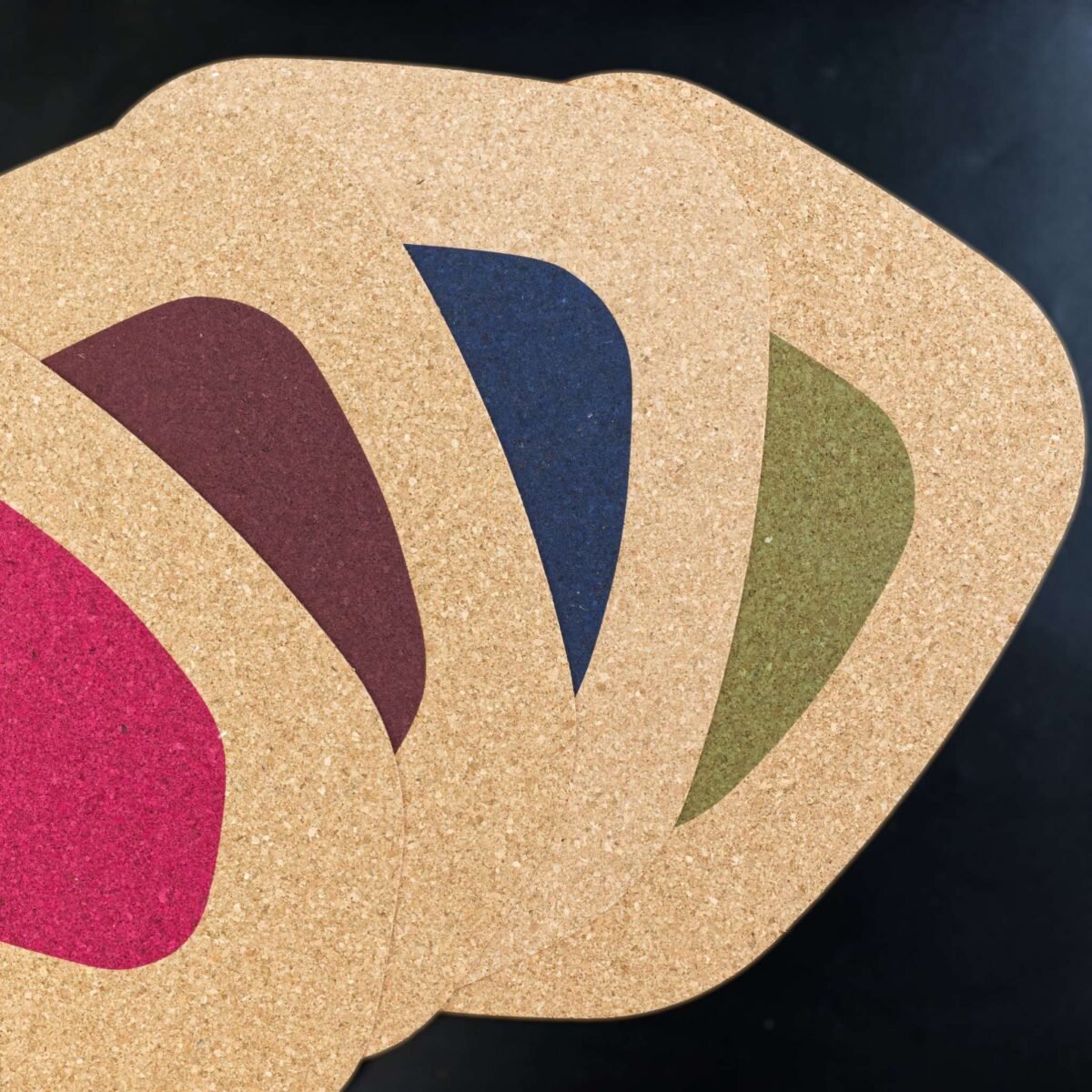Blog
The Art of Choosing Textiles

Choosing Textiles 101 – Recycled Cotton
Recycling cotton sounds like a perfect idea, but the reality is more complicated, and it might even border on greenwashing
Recycled cotton is great for producing lower-priced textiles, but like most things, you get what you pay for
As manufacturers, we’re in a unique position to give you the real inside scoop. At H&T, we weave our own fabrics before creating the products you see in our store. That means we are actually able to choose the precise yarn for every application. Total control. We also produce recycled cotton towels for some wholesale customers – but with recycled cotton, we have very little choice over yarn quality
What Is Recycled Cotton, Really?
When cotton fabrics reach end of life, they aren’t unraveled thread by thread. Instead, they’re shredded into small fibers, which are processed into a fluffy mass. New yarn is then spun from this furry mass and woven into fabric
Because the fibers are so short and broken, it is impossible to create long, strong threads. As a result, recycled cotton fur is almost always spun into open-ended (OE) yarn — loosely bound yarn made from short strands and frayed ends. Click here to an outside link for technical info and stats.
Content & Structure
Here’s where things get tricky: When old fabrics are shredded, synthetic fibers like polyester often get mixed into the batch. Separating them is extremely difficult. Even though recycled cotton is marketed as “natural,” the resulting yarn can include up to 10% non-cotton fibers – and you can’t see it with the naked eye
When woven, parts of the fabric may end up dominated by synthetic threads. In short, recycled cotton fabric is usually not 100% pure cotton, even if it is labeled that way
Why Is Recycled Cotton So Affordable?
- Because it skips major steps like:
- Growing and harvesting cotton
- Ginning, cleaning, and preparing fibers
- Transport and raw material costs
- Mechanical shredding is inexpensive and sometimes, suppliers are even paid to take away waste materials, further reducing costs
The Downside: Holey Facts
OE yarn is naturally weaker than virgin yarn it is thicker and coarser, making fine, soft fabrics harder to achieve. Plus, synthetic and cotton fibers don’t bind tightly together, making the material less durable
Regular detergents, bleach, and everyday wear-and-tear can cause the fibers to separate faster. The obvious progression is discovering split threads, holes, and faster breakdown of the fabric
In short when choosing recycled… Lower cost [YES] = Shorter life [ALSO]
Where Recycled Cotton Works Best
Recycled cotton is an excellent, affordable option for products that are used roughly or thrown out sooner, such as:
Shop towels and cleaning cloths in grimy operations. Or, for products that see less wear, and are less frequently washed:
- Curtains and drapes
- Occasional-use cushion covers
- Canvas totes and shopping bags
For daily use and frequent washing like tea towels, dinner napkins, and kitchen accessories, we recommend virgin cotton for longer life and better value
Final Word: Is Recycled Cotton Right for You?
If you are buying for rough use and disposable purposes, recycled cotton can be a great choice – given its lower price point. But for home essentials that you want to wash, reuse, and rely on, investing in virgin cotton is the better option — both for durability and value.
At H&T, we believe in giving you the full picture and not just the marketing spin. Choose what’s best for you, now with a little more insider knowledge
Read about other cotton myths here.




